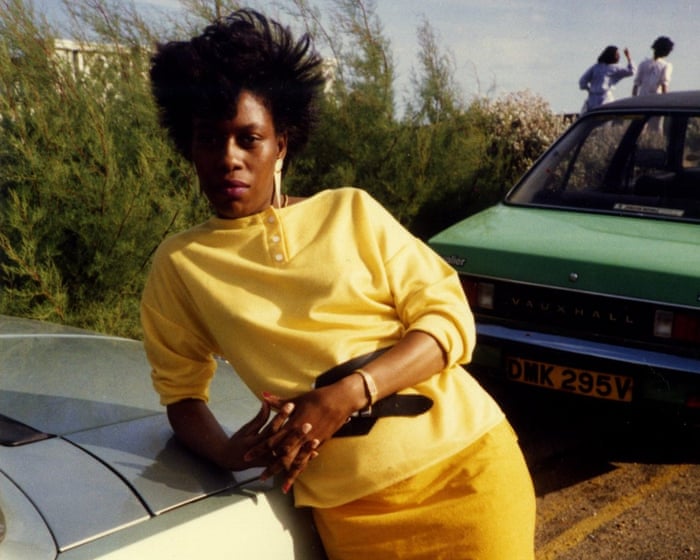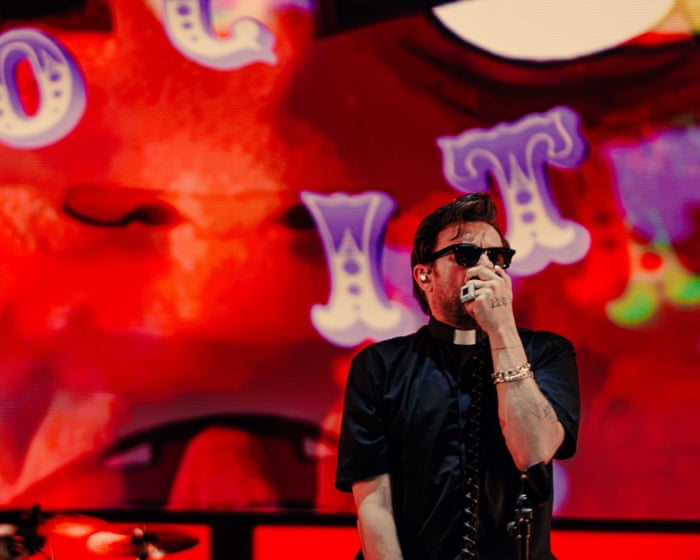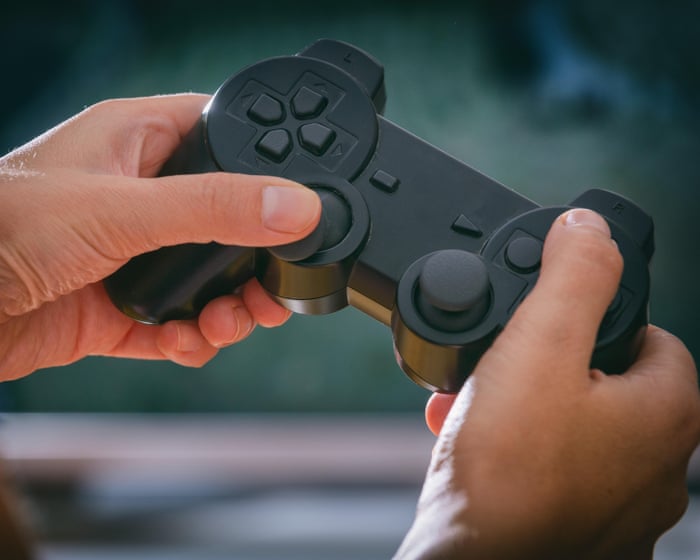Before the music starts, there’s always the preparation at home. The sizzle of a hot comb fresh from the stove, the hum of a sewing machine. Women sitting cross-legged on the floor, swapping clothes and gossip: Who got turned away from the club last weekend? Who might show up tonight?
For London archivist Deborah Carnegie, these pre-night-out rituals hold something deeply sacred, especially for Black British women. This is the focus of her latest project—a photographic archive spanning from the 1950s to today, documenting how Black British women have dressed for Saturday nights across generations.
First showcased this summer at London College of Fashion’s Fashioning Frequencies exhibition, Carnegie’s collection was painstakingly assembled from family albums, nightclub photographers’ archives, and contributions from friends. (The exhibition has since closed, but she’s searching for a new venue.)
We meet for lunch at Jumbi, one of southeast London’s surviving African-Caribbean bars—a place where I’ve spent many nights dressed to impress, transformed after dark into a sea of dancing bodies and rum cocktails under red lights. “I used to go out around here all the time,” Carnegie says, digging into plantain and jerk rice. “It’s good to see places like this still standing.”
“For too long, our style has been dismissed as ‘ghetto,’” she says. In the ’90s, Carnegie studied fashion in Surrey. “My teachers would ask, ‘Who’s going to wear this?’ And I’d think, ‘I already have clients!’”
Her work celebrates a community whose impact on British fashion she believes has been overlooked. But the project is also deeply personal. Growing up in the ’60s, she lived with her great-aunt, who ran a nightclub in the basement of their South London flat.
“I’d watch guests head downstairs in fur coats—hair done, jewelry on—and men in pinstripe suits and trilby hats,” she recalls. “My auntie’s rule was simple: if you wanted to go down, you had to dress up.”
Her great-aunt arrived from Jamaica as part of the Windrush generation, helping shape a distinctly Black British aesthetic. Their vibrant palettes—inspired by Africa, the Caribbean, and the UK—stood in stark contrast to postwar Britain’s muted tones. At the time, it was seen as outrageous. The Thurrock Gazette noted in 1948: “Dressed in an odd assortment of clothes, many wearing ties of dazzling designs, over 450 Jamaicans arrived at Tilbury Docks on the Empire Windrush.”
“Color wasn’t popular here, so we made our own outfits from tablecloth fabrics—greens, blues, oranges,” Carnegie says. “We took inspiration from Caribbean living rooms.” Money was tight, but style was nonnegotiable. “We made our own clothes because nothing fit our bodies—big hips, big busts. British fashion wasn’t cut for us.”
The photos radiate warmth and familiarity. While hot combs and repurposed tablecloths may be less common now, the essence of Black British nightlife remains unchanged across the decades—whether stepping onto a ’50s blues dancefloor or heading to a 2000s Afrobeats party.
“Hair is still everything,” Carnegie says. “And dressing head-to-toe—lashes, nails, the works.” To her, Black British women remain fashion trailblazers. Just look at the ubiquity of sneaker culture, oversized hoop earrings, or the slicked-back bun.“It took me years to see her point,” she says. “That’s how it’s always been. When I was growing up, I never saw Black women on the runway or in magazines. But we’ve always led the way. When we weren’t allowed in those spaces, we turned Saturday night into our catwalk.”
### Saturday Night Life: Images from the Collection
A wedding day with a twist (1956)
This photo shows Carnegie’s great-aunt on her wedding day. Breaking tradition, she wore a custom-made suit instead of a white dress, tailored by her dressmaker. The neat buttons added elegance and structure, and her hair was straightened with a hot iron. “She didn’t want a traditional white wedding,” says Carnegie. “The buttons really make the suit and define the look.”
A stylish bride (1973)
Carnegie’s mother, Beverley, stands outside Wandsworth Town Hall on her wedding day. Her wide-brimmed hat was inspired by Bianca Jagger, and her pearl necklace matched her engagement ring. “She found the dress at a boutique in Wimbledon,” Carnegie says. “The platform shoes gave her height. My mum has always inspired my style.”
Post-birth glamour (1974)
This portrait captures Yvonne Pendley, a relative of Carnegie’s cousin, just months after she gave birth. “She was happy to get her figure back,” Carnegie says. Wearing a bright yellow suit borrowed from her cousin, paired with her own shoes and flawless grooming, Yvonne posed for a formal photo before a night out.
90s concert chic (1993)
Dionne Pendley, Yvonne’s niece, was heading to a gig—possibly Jodeci or Boyz II Men—when this photo was taken. She transformed a leather jacket into a dress, borrowed a hat from a friend, and completed the look with Italian boots. It’s pure 90s style.
Carnival memories (2001)
Carnegie (far right), her sister Sam (second from left), and their friends wait at a bus stop in Wandsworth on their way to Notting Hill Carnival. Carnegie made both outfits—Sam’s from Ethiopian fabric and her own from a faux-leather dress. “I don’t think we came back until the next day!” she says.
Dancehall revival (2023)
Singer Dainá Murel poses at her dancehall-themed birthday party in east London. The photo reflects the 2020s evolution of Black British women’s fashion while paying homage to 90s dancehall. “The bold, flashy outfits—fluorescent organza, Lycra, cutout designs, and bright wigs—remind me how important the subculture was,” says Carnegie.
FAQS
### **FAQs: How Black British Women Turned Saturday Nights into Their Runway**
#### **Beginner Questions**
**1. What is the main idea behind these photos?**
The photos highlight how Black British women used Saturday nights as an opportunity to showcase their unique style, confidence, and cultural pride over the decades.
**2. Why were Saturday nights significant for Black British women?**
Saturday nights were a time for socializing, dancing, and self-expression, where fashion became a way to celebrate identity and community.
**3. What decades do these photos cover?**
The photos span several decades, likely from the 1960s to the 2000s, showing evolving trends in Black British fashion.
**4. What kind of styles are featured?**
Styles range from vintage glamour, disco-era sequins, bold ’80s and ’90s streetwear, to sleek 2000s outfits—all reflecting cultural influences.
—
#### **Intermediate Questions**
**5. How did Black British women influence mainstream fashion?**
Their bold, innovative styles—mixing African, Caribbean, and UK trends—often inspired wider fashion movements and designers.
**6. Where did they get their fashion inspiration?**
From African prints, Caribbean carnival culture, American soul and hip-hop, and British high-street trends.
**7. Did these women face challenges in expressing their style?**
Yes, some faced discrimination or stereotypes, but they used fashion as resistance and empowerment.
**8. What role did hair and accessories play?**
Big hairstyles and statement jewelry were key to completing their runway-ready looks.
—
#### **Advanced Questions**
**9. How did Black British nightlife scenes shape these fashion trends?**
Spaces like blues parties, clubs, and carnivals allowed freedom to experiment with style outside mainstream norms.
**10. Were there iconic Black British designers or brands they wore?**
Some wore emerging Black designers, while others customized thrifted or high-street pieces to stand out.
**11. How did economic factors impact their fashion choices?**
Many relied on creativity—upcycling, swapping clothes, or DIY styling—to look high-fashion on a budget.
**12. Are these styles still influential today?**
Absolutely! Modern Black British fashion, streetwear




